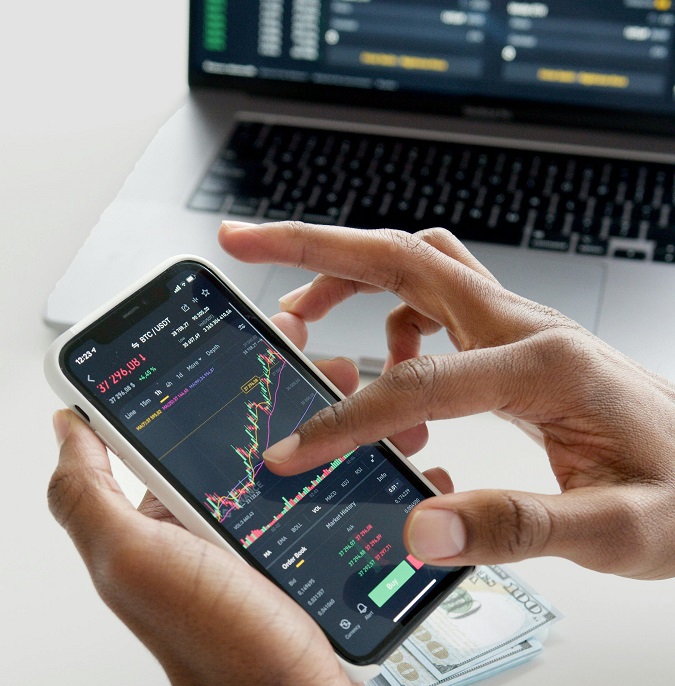As Digital Out-of-Home (DOOH) advertising continues to evolve, the ability to closely monitor campaigns in real time has become a vital component of success. For brands aiming to ensure the effectiveness of their DOOH campaigns, Real-Time Ad Monitoring is a game-changer. This technology empowers advertisers to track and manage their campaigns with unparalleled precision, ensuring that every ad is displayed to the right audience at the right time.
What is Real-Time Ad Monitoring in DOOH?
Real-Time Ad Monitoring in the context of DOOH refers to the continuous and immediate tracking of advertising campaign performance across various digital screens in public spaces, such as billboards, transit shelters, shopping malls, and airports. This monitoring process provides advertisers with up-to-the-minute insights into key metrics, including ad impressions, audience engagement, display accuracy, and even environmental factors like weather conditions that could impact ad visibility.
The primary goal of Real-Time Ad Monitoring in DOOH is to ensure that ads are being displayed exactly as planned and are reaching their intended audience effectively. This involves not only verifying that the ad content is being played at the correct times and locations but also assessing how well the ads are performing in terms of audience interaction and conversion. By leveraging real-time data, advertisers can quickly identify and address any issues, optimize ad placements, and make informed decisions to enhance campaign effectiveness. This real-time capability is particularly crucial in DOOH environments where audience dynamics and environmental conditions can change rapidly, requiring immediate adjustments to maintain campaign relevance and impact.
Technologies Behind Real-Time Ad Monitoring in DOOH
Several advanced technologies power Real-Time Ad Monitoring in DOOH, enabling advertisers to gain precise and actionable insights:
- Ad Verification Tools: These tools ensure that DOOH ads are displayed in the correct locations and at the scheduled times. They monitor for issues such as screen outages, incorrect placements, or ad skips, ensuring the campaign runs as planned.
- IoT-Enabled Sensors: Internet of Things (IoT) sensors embedded in digital screens can provide real-time data on environmental conditions, screen status, and audience presence. This data is crucial for verifying that ads are being displayed correctly and seen by the intended audience.
- Programmatic DOOH Platforms: Programmatic platforms allow for the automated buying and placement of DOOH ads. When integrated with Real-Time Ad Monitoring, these platforms enable dynamic adjustments based on real-time performance data, ensuring optimal ad delivery.
- AI and Machine Learning: AI-powered systems analyze vast amounts of data in real-time to predict campaign outcomes and suggest optimizations. Machine learning models continuously learn from campaign data, improving targeting accuracy and ad delivery over time.
- Data Analytics Dashboards: Comprehensive dashboards aggregate real-time data from multiple screens and locations, providing advertisers with a centralized view of campaign performance. These dashboards offer detailed analytics that can be used to refine strategies on the go.
Advantages of Real-Time Ad Monitoring in DOOH
Real-Time Ad Monitoring offers several key advantages for DOOH advertisers:
- Immediate Campaign Adjustments: The ability to make instant changes to campaigns is crucial in DOOH. If a particular ad isn’t performing well on a specific screen, it can be adjusted or replaced immediately, ensuring optimal use of ad space.
- Maximized ROI: By continuously optimizing campaigns based on real-time data, advertisers can maximize their ROI. Resources are allocated to the most effective screens, locations, and times, ensuring that every dollar is spent efficiently.
- Enhanced Transparency and Accountability: Advertisers gain full visibility into their DOOH campaigns, which builds trust with stakeholders. Detailed real-time reports provide transparency, ensuring that campaigns are executed as planned.
- Fraud Detection and Prevention: Real-Time Ad Monitoring helps detect and prevent ad fraud, such as falsified impressions or unauthorized content changes. This ensures that advertisers get what they pay for and that their ads are seen by the intended audience.
- Improved Audience Targeting: With real-time data, advertisers can adjust targeting strategies on the fly, ensuring that ads are shown to the most relevant audiences at the optimal times. This leads to higher engagement and conversion rates.
Practical Examples
- McDonald’s: McDonald’s leverages Real-Time Ad Monitoring in their DOOH campaigns to ensure that promotional content is displayed accurately across multiple locations. For instance, during a global campaign for new menu items, McDonald’s used real-time data to monitor and adjust ad displays based on local foot traffic and sales data, maximizing the effectiveness of their ads.
- Netflix: Netflix uses Real-Time Ad Monitoring in their DOOH campaigns to promote new show releases across major cities. By tracking ad performance in real-time, Netflix can quickly adjust their messaging based on viewer engagement data, such as the number of people interacting with the ad or viewing it for extended periods. This ensures that their campaigns remain relevant and engaging, driving higher viewership numbers for new releases.
Conclusion
Real-Time Ad Monitoring in DOOH is a powerful tool that provides advertisers with the insights needed to optimize campaigns on the fly. By leveraging advanced technologies, brands can ensure their advertising dollars are spent effectively, drive better ROI, and maintain a competitive edge in the digital landscape.
For companies looking to excel in DOOH advertising, investing in Real-Time Ad Monitoring is not just an option—it’s a necessity. Visit our website for more information.
